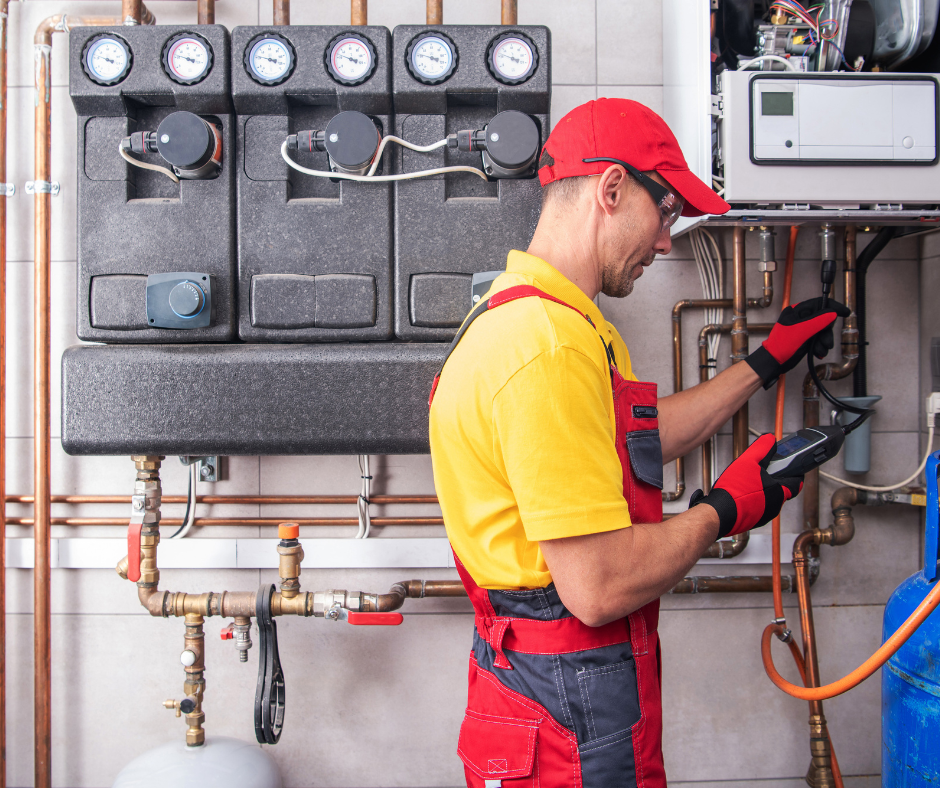
Mold is everywhere, all the time. That’s what we’re told about mold. And that’s a good thing, because without it, dead and decaying plant life would overwhelm us. Mold— technically, fungi— breaks down and consumes dead plants and organic materials.
Unfortunately, this also includes wood, paper, carpet, food, insulation and the materials that make up our housing and our clothing. Anyone who’s lived in the South has probably had the experience of tossing winter shoes into a closet and forgetting about them— until they pull them out again during an autumn rain only to find them covered with soft green suede— No! Sorry! That’s not suede; that’s mold.
Our houses have actually become more vulnerable through the years, for a number of reasons. One major reason is that traditional building materials— like marble, stucco, glass, slate and file— tend to be expensive. Newer, cheaper materials like drywall, insulation made of cellulose, wood and plywood are highly susceptible to mold. In fact, water can wreak havoc anywhere in the home where it comes in contact with any of those materials.
Because our homes are made of organic material, it’s critical to contain and control water. Even a leaking pipe can lead to an eventual nightmare. Here are a few common sources of water leaks in the home, and easy ways to fix the problem:
* water splashing around shower area (caulk the frame on the inside)
* water leaking around the edge of the sink (ditto)
* puddles near the water heater (call your plumber ASAP)
* water leaking inside the walls (turn off all water sources, go outside and watch the water meter; if the needle moves, you’ve got a leak).
The take-home message is, Never ignore a leak. You might be able to live with soft, damp wood under the kitchen sink but if mold takes hold, you have a major, long-term problem. Not only is mold associated with allergies, toxins, asthma, skin rashes and a bunch of other nasty effects, but it can impact your ability to rent or sell your house. If you think you have a mold problem, ask your HVAC expert to recommend someone who can deal with it. Here’s what the EPA says about cleaning buildings that are contaminated with mold: http://www.epa.gov/mold/moldcourse/chapter4.html
